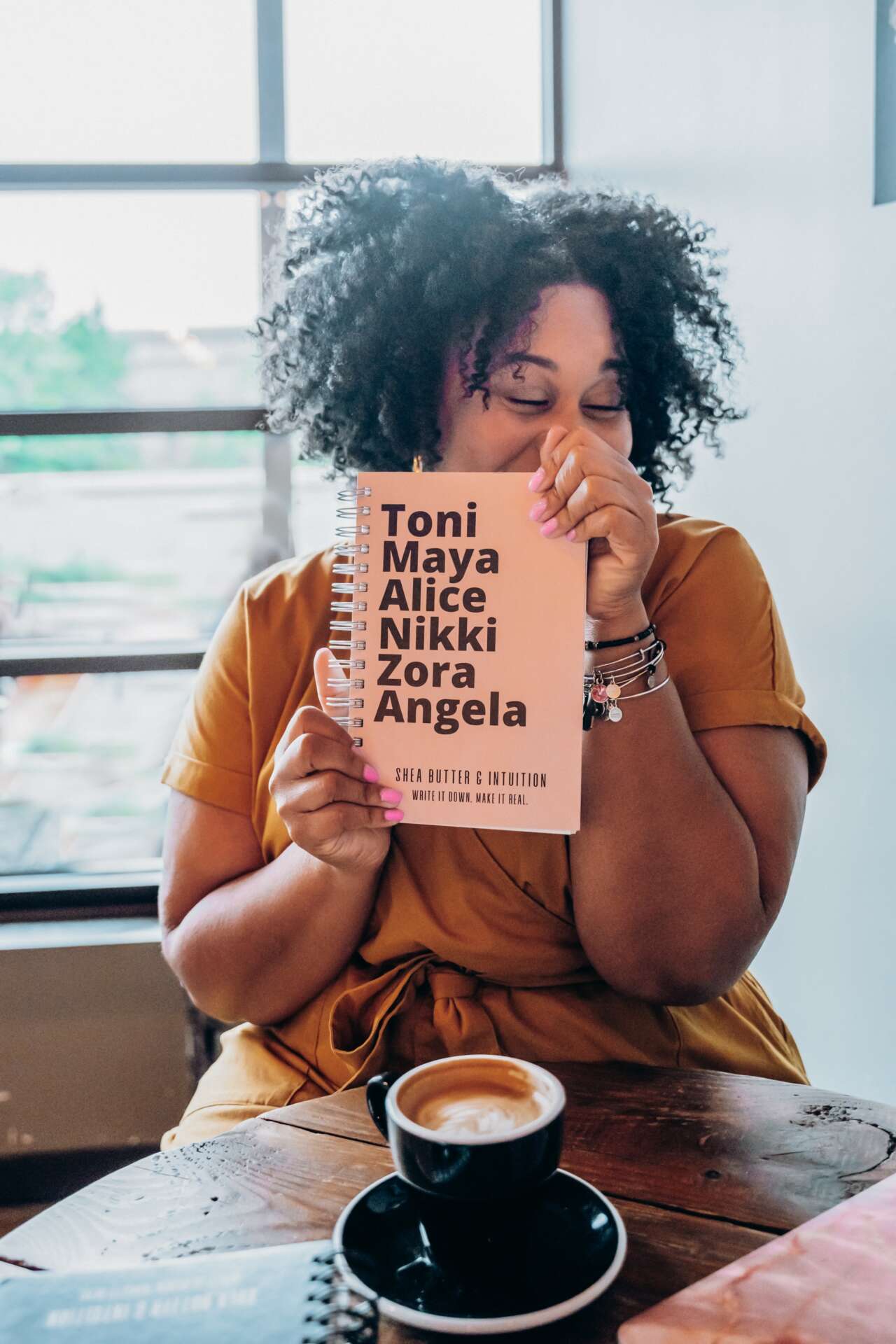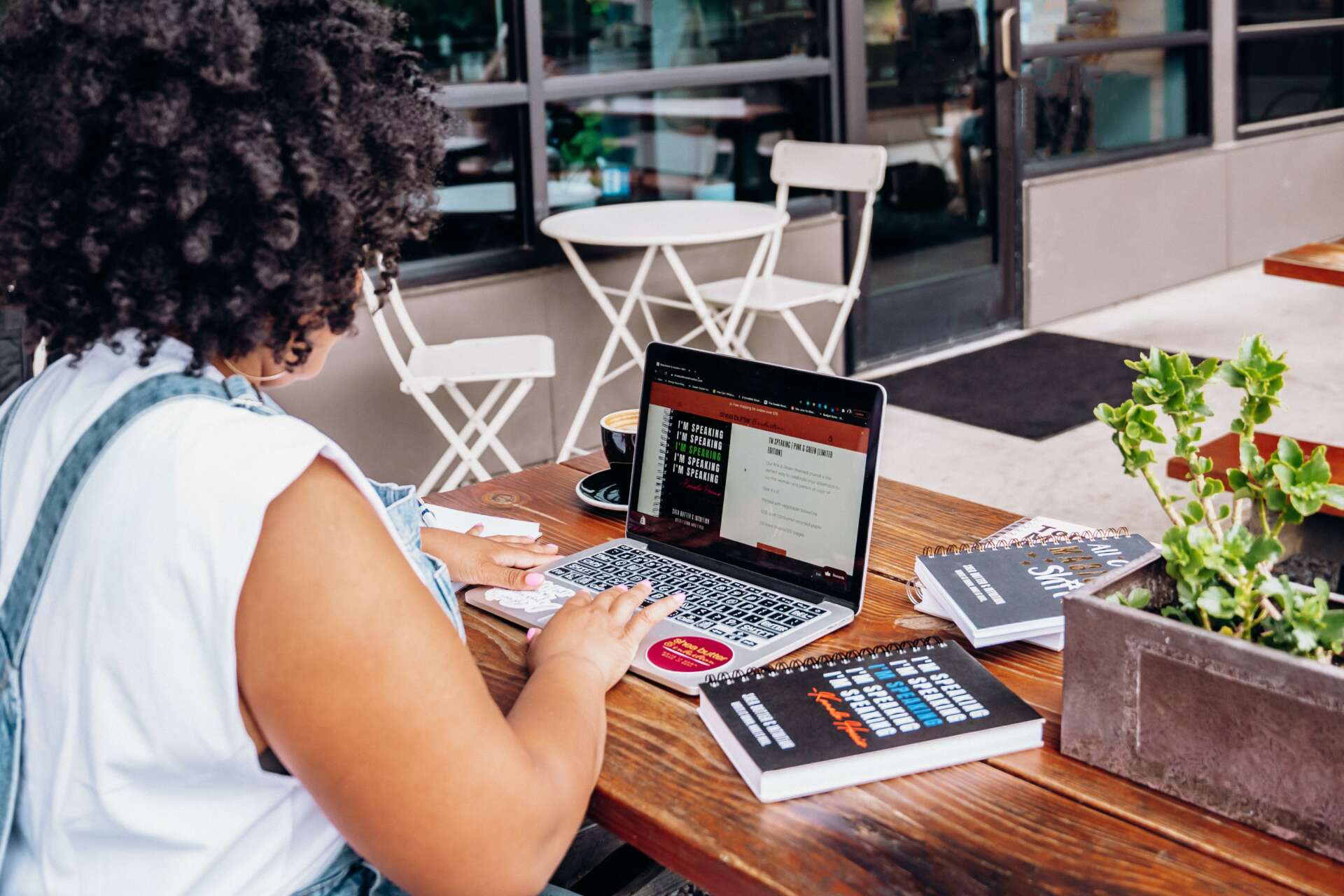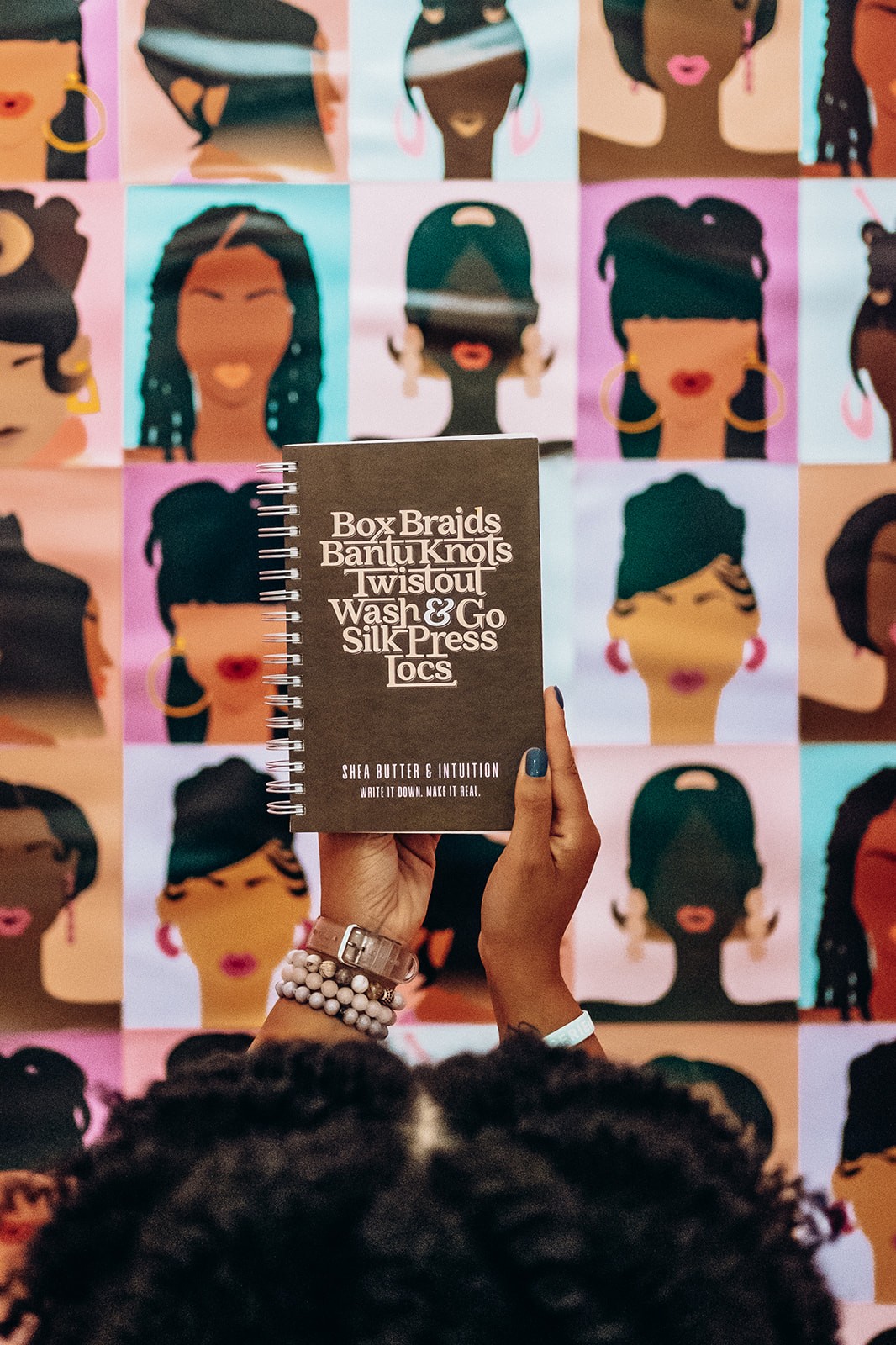We were lucky to catch up with Loreal Patterson recently and have shared our conversation below.
Loreal , appreciate you joining us today. Finding those key vendors can often be make or break for a brand. Can you talk to us about how you found your key vendors?
Finding a manufacturer was an intricate part of building the foundation of my business. Having a suitable vendor would help me produce products that I would be proud of and that would meet the needs of my target audience. While I enjoyed all things stationery, I had limited knowledge of how to source paper-based products. Luckily at the time, I was working with my business coach who would help me figure out this uncharted territory. As someone who never planned to be a small business owner, obtaining a business coach was one of the first things on the list because I didn’t know what I didn’t know and I needed someone who could help guide my steps.
My business coach started out by having me answer some simple questions about the type of journal I wanted to create. The dimensions of the journal? How many pages I would want it to have? Lined pages versus blank sheets? Wire bond or a flat lay? Through answering all these questions and more, I came up with a mock-up idea of what wanted my journal to entail.
Next, I had to do the initial research of finding manufacturers and what better place to start than Google. I started out by researching local print shops and slowly, I began to broaden my search. While my knowledge of finding paper-based products had grown, I still had a ways to go. I remember I had reached out to a company via email and my lack of knowledge must have stood out. The woman I was in communication with asked if I would be willing to hop on a call so that she could better assist me. Through that call, I learned about various paper weights, different types of wire-o binding, foil printing, and a host of other things related to the paper printing industry. From this experience, I learned to give myself grace moving forward because you would be surprised who would be willing to help you, if only you let them.
With my new found knowledge, I went back to the drawing board and became more specific with my journal mock-up and what I would need from a manufacturer in order to move forward. In working with my business coach, we developed an Excel sheet to keep track of my specific needs. Some of these included, the option to foil print, 2 week turnaround time, ability to print small quantities, and an affordable price per unit rate. Once I had these things narrowed down, I created an email template that could be used when communicating with vendors. Based on their ability to meet my needs, I then narrowed it down to one specific vendor who happened to be local. I chose this vendor because not only did they meet most of my needs, but their ability to meet with me in person helped to produce my first product.
One would think after sourcing and producing their first product, you would be satisfied, and continue to work with that specific vendor. For some reason, I wasn’t. There was one vendor who products I had seen and loved, but was too intimidated to reach out to. However, I did not let that intimidation or fear stop me. After sitting with that intimidation for a few weeks, I found the courage to reach out to the new new vendor using the template that I had created before. Not only were they able to meet all my needs, they were much more affordable to work with.
Since then, I have continued to collaborate with that vendor and have also developed a great relationship with them. Additionally, it was through this experience that I learned to be more vulnerable in my business and allow others to help me in areas I am unfamiliar with. Lastly, I learned to work past any fears that I may have. Taking chances has allowed me to take advantage of so many opportunities and meet to many amazing people. It is through this courage and confidence that I continue to strive today.



As always, we appreciate you sharing your insights and we’ve got a few more questions for you, but before we get to all of that can you take a minute to introduce yourself and give our readers some of your back background and context?
Shea Butter & Intuition was birthed from a place of wanting to create representation in the stationery industry. As an avid journal writer and To-Do List executor, I often had a difficult time finding journals that represented me as a Black Woman. From a young age, I have always loved all things stationery. My first introduction to the industry was through my collection of Lisa Frank pens, stickers, and binders. As I got older, I continued my love by collecting Mambi Planners, Erin Condren, and Franklin Covey, to name a few. While all of these brands were amazing to have in my collection, I was still looking for something that spoke to me on a personal level and truly characterized my identity.
When I initially thought about becoming a business owner, I was considering selling T-shirts. It seemed like something that was popular at the time and fairly easy to produce. However, the more I thought about it, I realized selling T-shirts would not bring me joy. So I went back to the drawing board and thought about something that I wouldn’t mind talking about every day. I thought about what I used in my day-to-day life that also brought me joy and that is how I decided on stationery, and in particular, journals.
Before jumping in, I did some market research to see what was already out there. A lot of what I came across were journals that highlighted illustrations of Black Women, but not many that used words on the cover. I majored in Communication in college and have always had this love for words and the ways in which they can be used to really tell a story. With that natural interest, I began to think about how words could be used on the cover of journals to represent my culture. Before you know it, I had a page full of cultural references and sayings that I could picture being on the cover of a journal.
Once I decided that I wanted to become a small business owner, one of the first things that I did was get a business coach. I was very aware that I was embarking on something I had no idea about and the perfectionist in me knew I wanted to get it right, so I sought out help. Through getting assistance, I was able to intentionally design my logo, use color psychology to pick out my branding colors, identify my target audience, navigate pricing products, and a host of other foundations decisions that were needed to start my business.
Since launching in October 2020, I now have several journals and pens available for purchase on my website. What I am most proud of when it comes to my business, has been my ability to not give up. There have been some really late nights, early mornings, and busy weekends, but I have continued to keep my business going.



We’d love to hear your thoughts about selling platforms like Amazon/Etsy vs selling on your own site.
In deciding where to sell my products, I chose to go with Shopify. I had done a lot of research on various platforms but decided that not only was Shopify the most user-friendly, but the software also took care of everything and provided great analytics. As a novice small business owner, I did not want to commit to a platform where I could not maintain it myself and problem-solve any issues should anything arise. Additionally, I love all the plug-ins and compatibility with other programs that Shopify offers. You can set up your email subscription service, create rewards programs, and set up payment plans like Afterpay. I found that Shopify was all-encompassing and exceeded my expectations when it came to building the foundation for my business.
What’s been the best source of new clients for you?
My best source of new clients has been through attending vendor fairs where I am able to sell in person. Anyone who knows me knows that I am not a huge social media person. It has actually been a continuous challenge for me to consistently show up and be vulnerable through social media. Most of this can be contributed to my being an introvert. However, I have found that when I am in person, my ability to connect with others and share my passion for Shea Butter & Intuition is a lot easier. I am able to comfortably answer questions and share the many benefits of journaling, as well as the “why” behind my brand. My excitement around my brands feels more natural and authentic in person than when I am in front of a camera. However, knowing that social media is such a major component of building a brand, I am always looking for new ways to feel more comfortable showing up on camera.
Contact Info:
- Website: www.sheabutterandintuition.com
- Instagram: sheabutterandintuition
- Facebook: Shea Butter and Intuition
- Twitter: ShopSheaButter
Image Credits
Melissa Bordeau Website: https://bordeauphoto.com/ Instagram: bordeauphoto 612.386.7420


